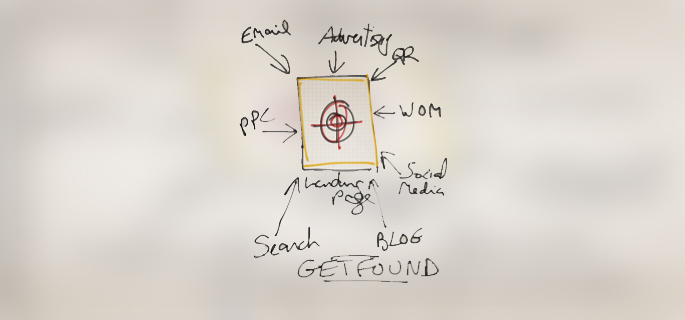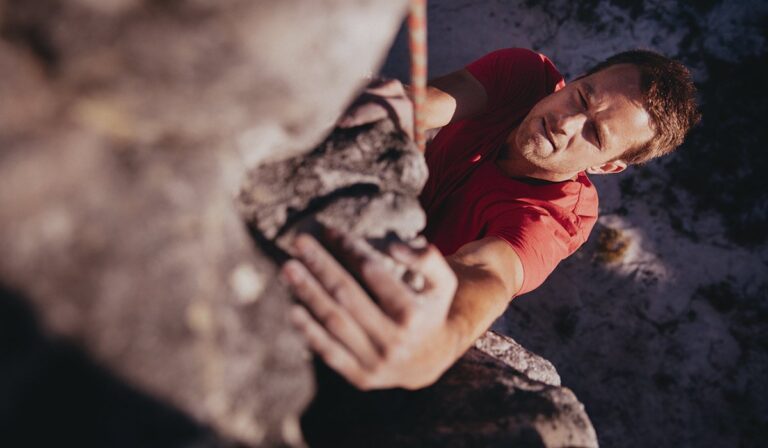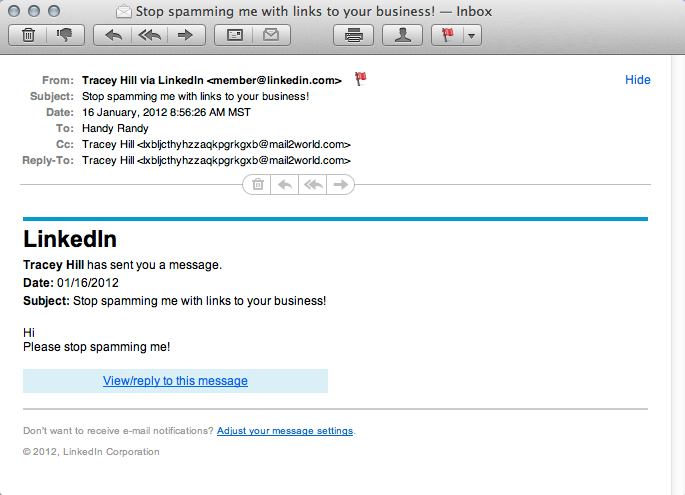Get Found: Website Must Haves Part 1
Get Found Online: Website Must Haves Part 1
The foundation of an inbound marketing campaign.
A great website isn’t so great if no one visits it. We’ve dedicated part 1 to getting found online, the base of your inbound marketing strategy. Search Engine Optimization (SEO) is an absolute must-have to any website strategy. It takes hard work and consistency when aiming for success. These tips will help get you on your way to increasing your organic (non-paid) search engine rankings.
1. Building Inbound Links
Building inbound links is also known as off-page SEO. Essentially, it’s about getting other quality websites to link back to your page. Search engines call this authority or “link juice.” The thinking is, “the more inbound links you have, the more important and authoritative your site must be,” thus the higher you’ll rank.
Link building isn’t easy since adding links to other websites is sometimes out of your control. Here are some tips to building inbound links:
- Create high-quality, educational, or entertaining content.
- Submit your website to online directories.
- Write guest posts and comment on other blogs.
- DON’T borrow, beg, barter, bribe, or buy links. (This is very important. Search engines will look for pages that use these tactics and actually punish that page; sometimes to the extent of excluding it from search results.)
2. On-page search engine optimization
While off-page SEO is hugely important, we can’t forget about on-page SEO. This consists of placing your most important keywords within the content elements of your actual pages. These on-page elements include Headlines, Sub-headlines, Body Content, Image Tags, and Links. Often times on-page SEO is referred to as “keyword density.”
It’s very common that businesses will do too little on-page optimization or too much (keyword stuffing). While it’s important to include your keyword as many times as necessary within a page, you don’t want to go overboard with it either. For on-page SEO done right:
- Pick a primary keyword for each page and focus on optimizing that page for that word.
- Use keywords that could be substituted for your primary keyword (ie. switching ‘online’ for ‘internet’.)
- Include the keywords in the body content.
- Include keywords in the file names of images.
- Include keywords in the page URL.
- Write for humans first, and for search engines second.
We’ve got a few more tricks up our sleeve to help you get found.
Contact a KAYAK Creative representative and ask us what else we can do for you.
Inspiration: 25 Website ‘Must Haves’ For Driving Traffic, Leads & Sales, HubSpot








